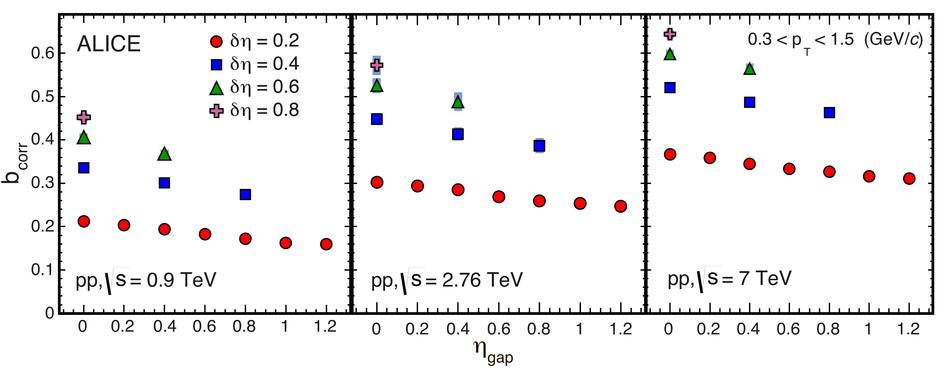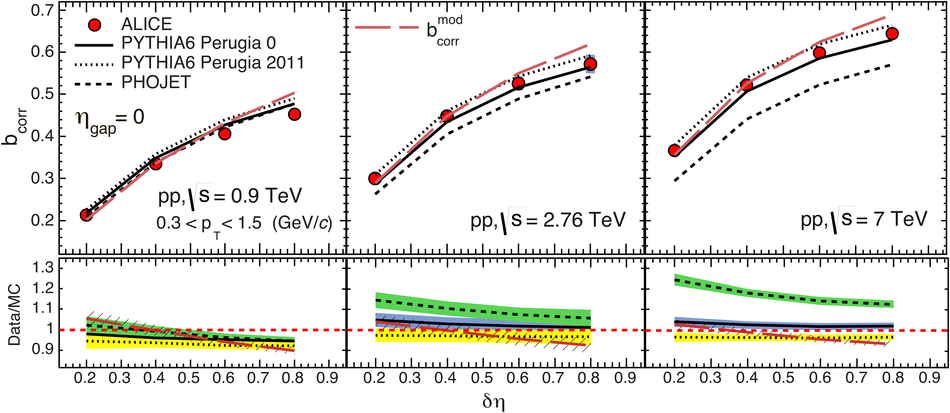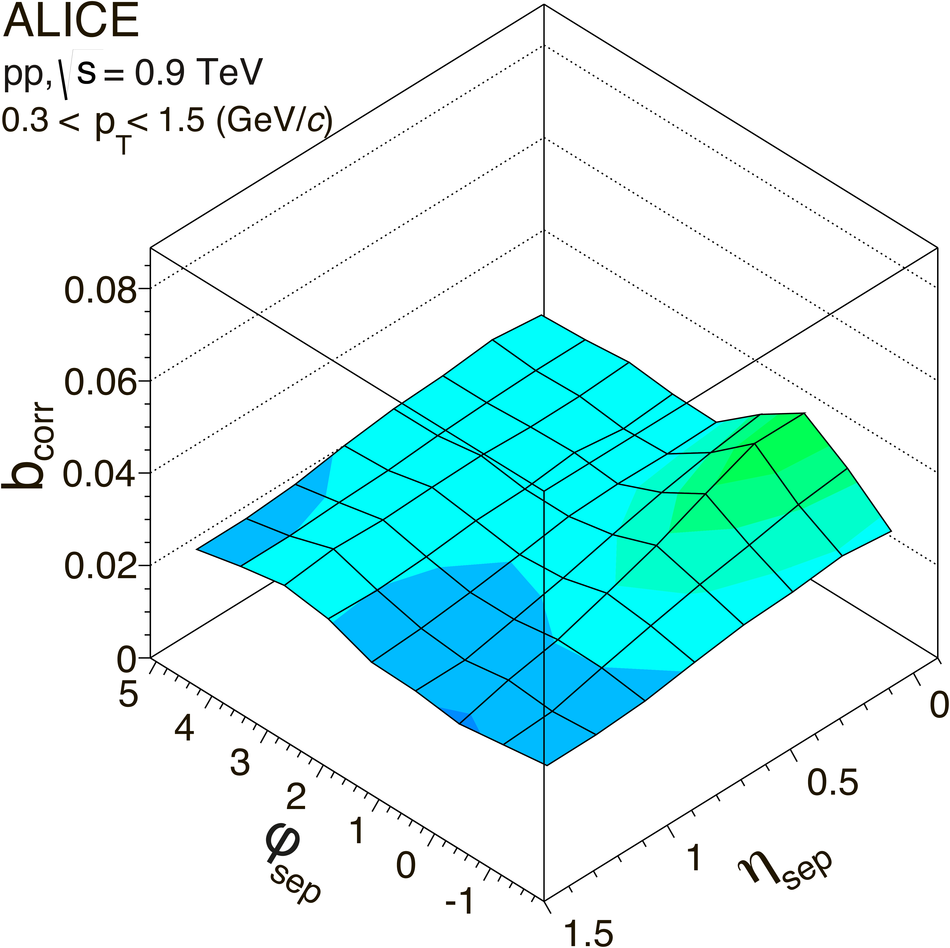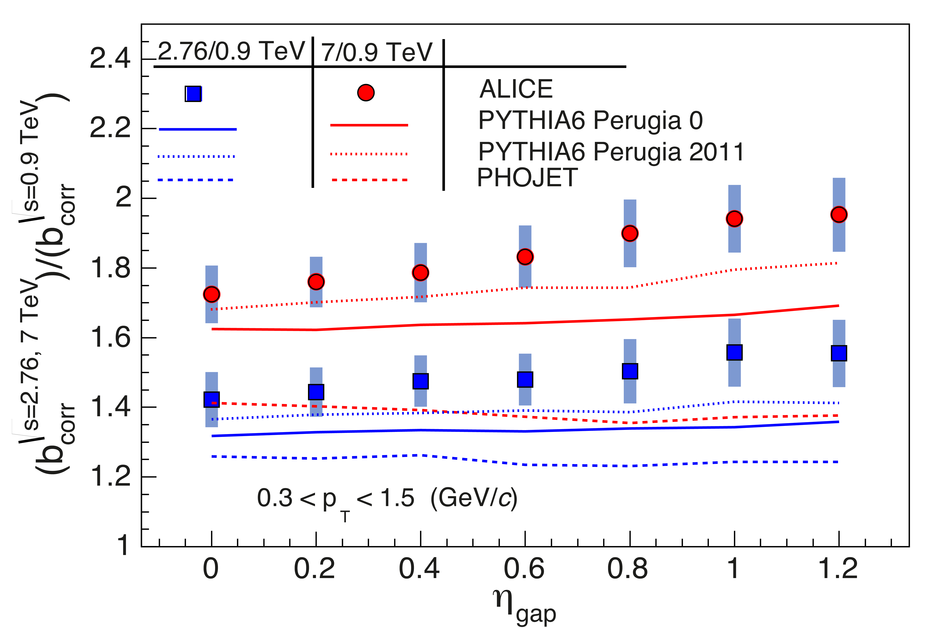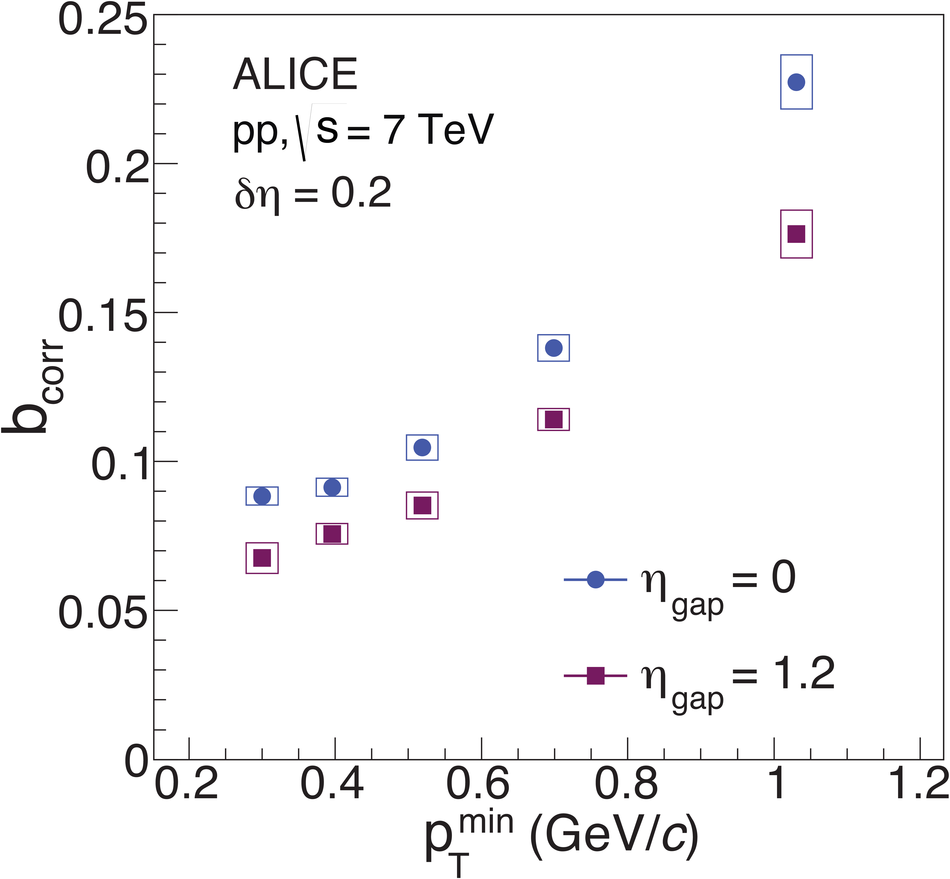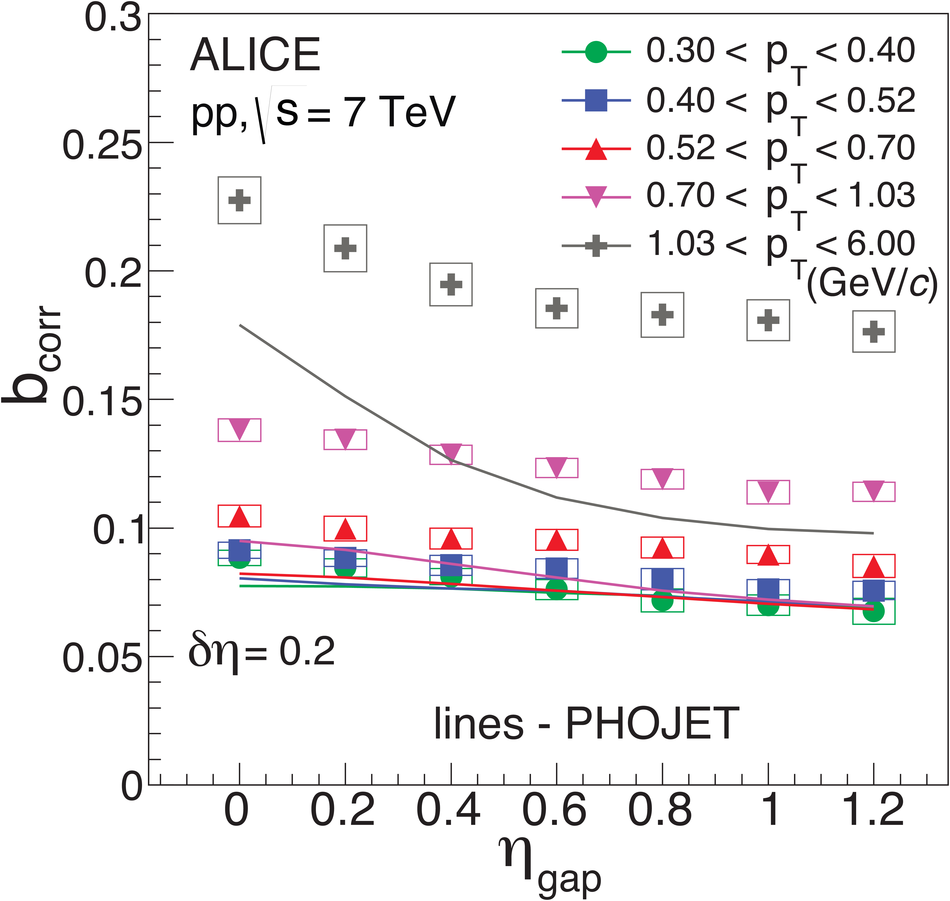The strength of forward-backward (FB) multiplicity correlations is measured by the ALICE detector in proton-proton (pp) collisions at $\sqrt{s}=0.9$, 2.76 and 7 TeV. The measurement is performed in the central pseudorapidity region ($|\eta| < 0.8$) for the transverse momentum $p_{\rm T}>0.3$ GeV/$c$. Two separate pseudorapidity windows of width ($\delta \eta$) ranging from 0.2 to 0.8 are chosen symmetrically around $\eta=0$. The multiplicity correlation strength ($b_{\rm cor}$) is studied as a function of the pseudorapidity gap ($\eta_{\rm gap}$) between the two windows as well as the width of these windows. The correlation strength is found to decrease with increasing $\eta_{\rm gap}$ and shows a non-linear increase with $\delta\eta$. A sizable increase of the correlation strength with the collision energy, which cannot be explained exclusively by the increase of the mean multiplicity inside the windows, is observed. The correlation coefficient is also measured for multiplicities in different configurations of two azimuthal sectors selected within the symmetric FB $\eta$-windows. Two different contributions, the short-range (SR) and the long-range (LR), are observed. The energy dependence of $b_{\rm cor}$ is found to be weak for the SR component while it is strong for the LR component. Moreover, the correlation coefficient is studied for particles belonging to various transverse momentum intervals chosen to have the same mean multiplicity. Both SR and LR contributions to $b_{\rm cor}$ are found to increase with $p_{\rm T}$ in this case. Results are compared to PYTHIA and PHOJET event generators and to a string-based phenomenological model. The observed dependencies of $b_{\rm cor}$ add new constraints on phenomenological models.
JHEP 05 (2015) 097
HEP Data
e-Print: arXiv:1502.00230 | PDF | inSPIRE
CERN-PH-EP-2015-012






